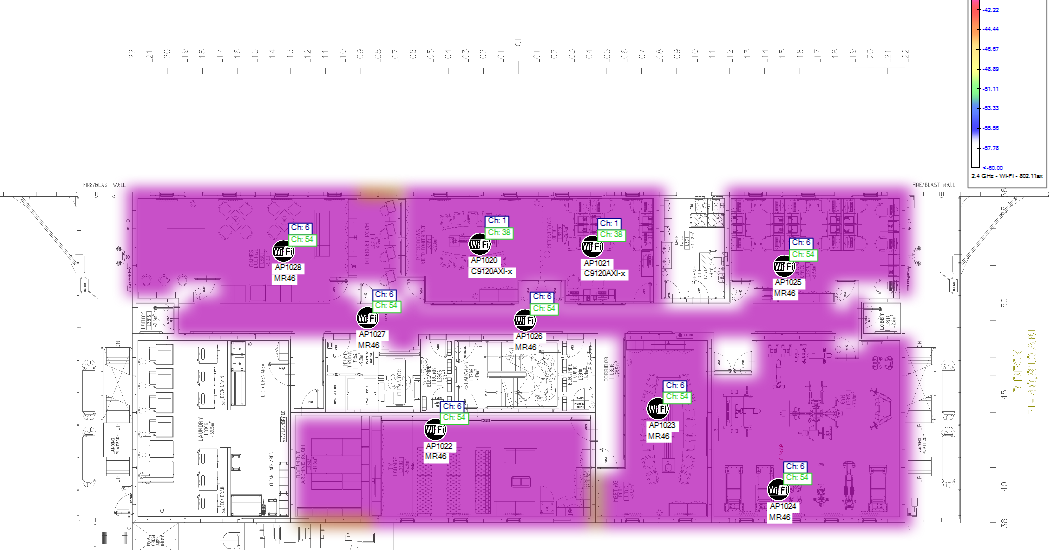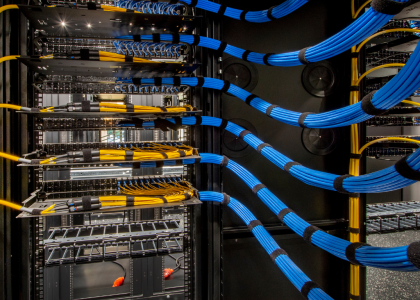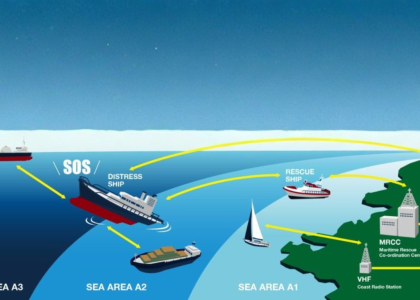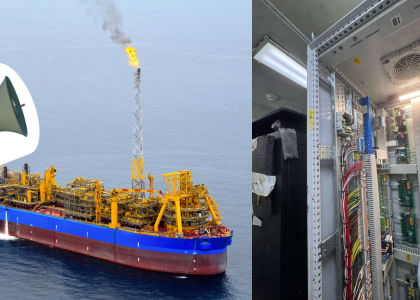The AP radiation footprint refers to the coverage area of the Wi-Fi signal emitted by an access point, considering the environment’s structure and layout.
In the highly demanding environments of oil and gas platforms and FPSOs (Floating Production, Storage, and Offloading units), reliable and robust Wi-Fi coverage is critical for operations, safety, and communication. The performance of a Wi-Fi network in these harsh, metallic, and hazardous environments hinges on an accurate understanding of the AP radiation footprint.
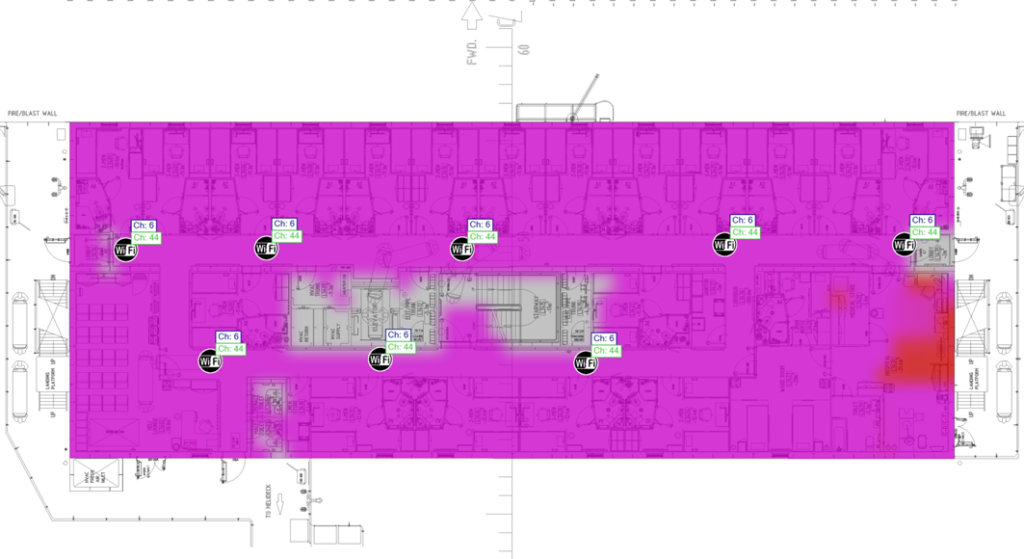
A Wi-Fi coverage study in an industrial setting evaluates how Wi-Fi signals behave within challenging environments, such as oil rigs or FPSOs. The study identifies signal propagation issues caused by heavy machinery, metal structures, and interference from other electronic systems. Reliable communication systems ensure the safety and productivity of personnel, real-time monitoring of equipment, and the ability to swiftly communicate during emergencies.
Understanding the AP Radiation Footprint in Complex Structures
In industrial environments, especially oil and gas platforms and FPSOs, several factors complicate AP signal propagation:
Structural Barriers
Bulkheads, heavy machinery, and metallic surfaces can dramatically reduce Wi-Fi signal strength. These barriers cause reflections, multipath effects, and absorption of signals.
Hazardous Zones
Explosion-proof APs may be required in certain zones, adding complexity to the coverage design.
Harsh Environmental Conditions
High humidity, temperature fluctuations, and vibration can affect both the hardware and the signal stability.
Electromagnetic Interference (EMI)
Industrial equipment and other communication systems, such as radios and satellite links, can interfere with Wi-Fi signals, reducing coverage and quality.
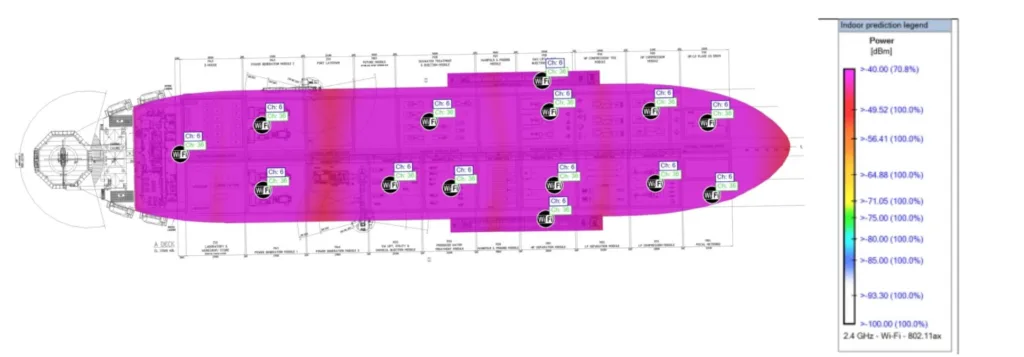
AP Radiation Pattern and Its Role in Industrial Design
Each AP has a distinct radiation pattern, and choosing the right AP with the correct antenna design is critical for industrial applications:
Omnidirectional APs are ideal for open deck areas, where the signal needs to reach personnel and devices across the entire space.
Directional APs may be used for targeting specific areas, such as engine rooms or control centers, where signal penetration is vital.
Beamforming Technology can help direct signals more efficiently toward high-traffic areas or critical equipment.
For hazardous areas, explosion-proof APs with robust casings are often deployed to ensure safety while maintaining coverage.
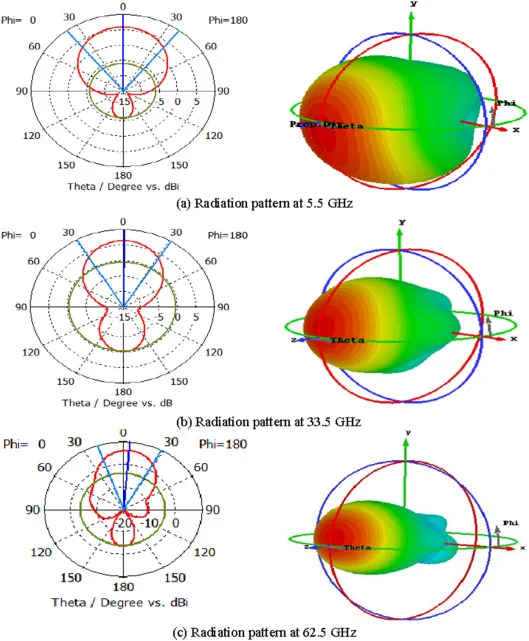
Critical Steps in Industrial Wi-Fi Coverage Studies
Site Survey in Hazardous Zones
Engineers must perform a thorough site survey, adhering to stringent safety and compliance regulations, such as ATEX or IECEx certifications for explosive environments. The survey includes mapping out coverage while considering safety zones, ensuring that Wi-Fi systems comply with safety regulations.
Mapping AP Placement in Challenging Layouts
In complex layouts like FPSOs, where space is limited and filled with equipment, careful AP placement ensures signals penetrate critical areas, such as control rooms, living quarters, and equipment zones.
Signal Strength and Interference Analysis
Signal degradation can occur in the presence of metallic obstructions or electronic interference. Engineers need to map out the interference points and compensate for signal loss.
Get the Right Team!
An accurate Wi-Fi coverage study is critical to ensuring reliable communication in harsh industrial environments. At Vivo Asia, we specialize in designing and deploying Wi-Fi networks for high-risk and industrial environments. Our expertise in coverage studies ensures that every AP placement is optimized for safety, reliability, and operational efficiency in the most demanding conditions.






